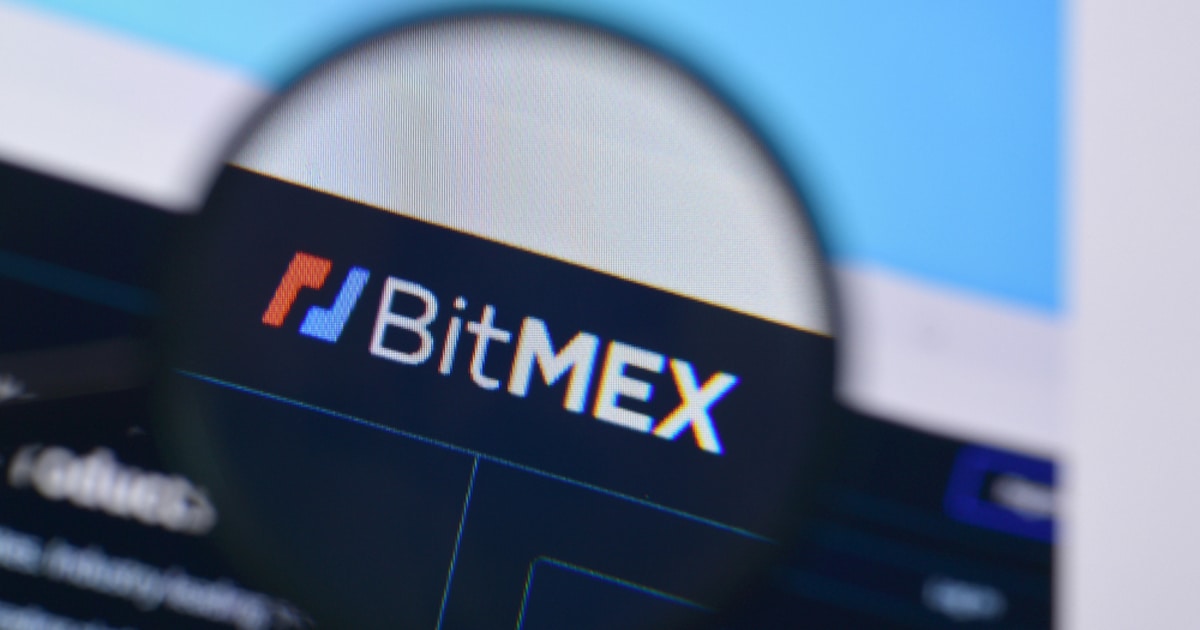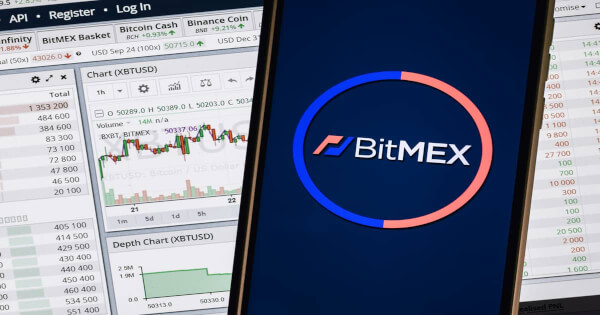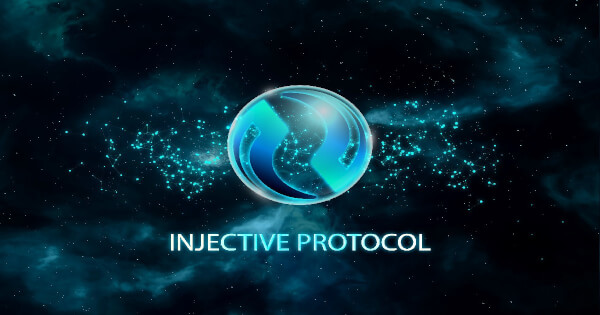For this topic I will be explaining exactly what Ethereum gas is, the importance of it, why it can fluctuate so drastically and how EIP1559 changed the traditional gas mechanism. Hopefully this post will educate newer investors into the meaning of ETH gas.
If anyone is interested in previous past posts please see:
- Fundamental Research on projects: here
- What is a cryptocurrency wallet: here
- Staking: the concepts of PoS: here
- What is the blockchain: here
- Trading strategies: here
- Fundamental analysis: here
- Sentiment analysis: here
- Mobile device security education for crypto: here
- The smart money market cycle: here
- Lump sum vs Cost averaging: here
- Arbitrage Explained: here
- Dusting attacks explained: here
- Liquidity Pools Explained: here
- ETH London Hardfork Explained: here
- Defi hacks and exploits explained: here
- Smart contracts explained: here
- BTC Halving Explained: here
- Analysis on the $600 million theft: here
- Inflation vs deflation: here
- Cryptographic hashing for the blockchain. What is it?: here
- Longs vs Shorts, leverage, margin and liquidations explained for beginners: here
- Type of orders for beginners: here
WHAT IS GAS
Gas is a unit of measurement for the computational power required to perform tasks on the Ethereum virtual machine which will all have associated gas costs. However, the gas cost in itself doesn’t tell a user how much needs to be paid, to get this the gas cost is multiplied by the gas price which is measured in Gwei which is short for Gigawei which is the equivalent to 1,000,000,000 Wei which is the smallest unit of Ether. A single Gwei is the equivalent to 0.000000001 ETH. Similar to cents and dollars or Satoshis and a Bitcoin.
WHY IS IT NEEDED
You may ask yourself but what is the need for gas? Well it’s actually to deter malicious entities from allowing an execution of a program to run forever which could essentially cause a DoS by grinding the network to a halt, the gas stops this by introducing a cost mechanism.
HOW DOES IT WORK
If you want to send a ETH TX (transaction), the wallet you use will estimate potential gas prices and some wallets will allow the user to choose from fast, medium and slow TX speed. Think of this like sending a parcel, if you want it to get delivered in a shorter time period, you’ll pay more to do so.
It’s important to know the gas unit is only applied for the EVM and transactions are always paid with ETH so that it decouples it from the price of ETH. However, the rise in network activity and the price of ETH does have a correlation in the price of gas.
To understand how network activity correlates to transaction costs, we need to understand the mempool. This is where all transactions on the network end up, where pending transactions are waiting for miners to process them to be placed into the next Ethereum block. Miners are incentivised to process transactions with higher gas prices first. Miners are limited to how many TX are included into a block and the target now after the London Hardfork each block has a target size of 15 million gas but, the size of blocks will increase or decrease in accordance with network demand, up until the block limit of 30 million gas.
Before the LH upgrade the model was an auction mechanism where users would have to outbid others for the space within the block, this would in turn drive the gas fees exponentially higher at times of high network activity.
The EVM will also check to ensure there is enough gas to perform the operation so if there isn’t enough gas left then the transaction is hit with a out of gas exception. This means the user will still pay the transaction fee even if the transaction fails. However, if less gas is utilised to perform the operation then this is converted back into ETH and refunded to the user.
These issues surrounding high transaction fees is why layer 2 solutions such as Polygon (MATIC) were created to allow a system of transacting at faster and in a more cost efficient manner.
HOW DID EIP1559 AFFECT GAS
EIP1559 allowed the implementation of a more a more predictable protocol based fee market (fixed price sale) to help reduce fee overpayment and also introduced a burning mechanism for transaction base fees to reduce the inflation rate of the ETH supply.
The fixed price sale essentially is where individuals are quoted a flat base fee based on market conditions and is also measured by block capacity (ETH tries to keep blocks 50% full) and a user can choose whether it’s acceptable or not. There is also now a “tip/priority fee” where users can pay to have their transactions sent faster and are added on top of the base fee.
In terms of the reduction of inflation, at the moment miners are rewarded with 2 ETH for every block, and the base fee which is burned will help offset that. However, it’s important to know this doesn’t make ETH automatically deflationary, time will tell how much affect the base fee burning is having on the inflation of the ETH supply.
EXAMPLE OF BEFORE AND AFTER LONDON HARDFORK
If we were to use an example for before the LH upgrade the gas mechanism would work as follows for sending 1 ETH:
The current price of ETH $3,000, the gas limit is 21,000 units and the gas price is 100Gwei.
The formula would be 21,000 x 100 = 2,100,000Gwei or 0.0021ETH.
0.0042 x 3000 = $6.30 fee
After the LH upgrade the formula would be as follows:
Gas units (limit) * (Base fee + Tip)
So using the previous example values it and adding a tip of 10 Gwei would be:
21,000 x (100 + 10) = 2,310,000Gwei or 0.0023ETH.
1.0023 ETH will be deducted from the senders account. The recipient will be credited 1 ETH. The miner receives the tip and the base fee ETH is burned.
The user can also set a max fee for the transaction. The difference between the max fee and the actual fee is refunded to the sender. The sender can set a maximum amount to pay for the transaction to execute and not worry about overpayments on the base fee when the transaction is executed.
END GOAL
Although some solutions such as layer 2 solutions and EIP1559 will help with transaction fees. The end goal will be ETH 2.0 which will shift from PoW to PoS and introduce sharding which essentially breaks up the blockchain to different nodes as shards and allows different nodes to transact different transactions in parallel. However, the shards still have the ability to be shared, this allows the network to achieve data efficiency and scalability without sacrificing or compromising security.
As always any topics you want covered just let me know. The following are topics I have on my list:
- BTC market cycle theories explained for beginners
- Seed phrases: BIP39 explained for beginners
- Lending and borrowing in defi explained for beginners
- Yield farming explained for beginners
- Why time in the market beats timing the market: an analysis for beginners
- The technicals behind NFTs explained for beginners
- APR vs APY
[link] [comments]

You can get bonuses upto $100 FREE BONUS when you:
💰 Install these recommended apps:
💲 SocialGood - 100% Crypto Back on Everyday Shopping
💲 xPortal - The DeFi For The Next Billion
💲 CryptoTab Browser - Lightweight, fast, and ready to mine!
💰 Register on these recommended exchanges:
🟡 Binance🟡 Bitfinex🟡 Bitmart🟡 Bittrex🟡 Bitget
🟡 CoinEx🟡 Crypto.com🟡 Gate.io🟡 Huobi🟡 Kucoin.



















Comments